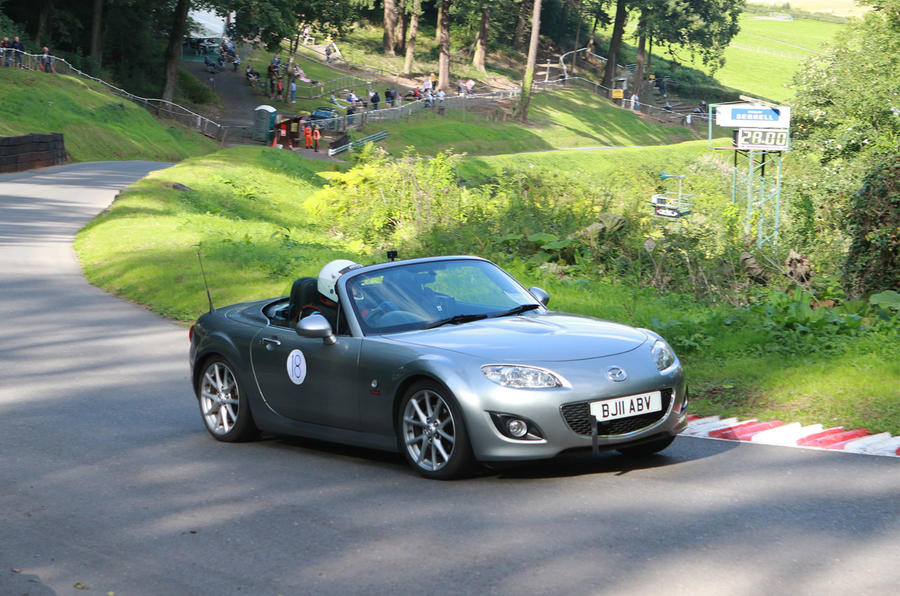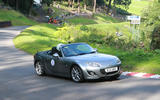Many regard motorsport as hugely expensive and out of the reach of ordinary folk. That’s certainly true of the higher echelons, but it couldn’t be more wrong at grassroots level.
For those who want their motorsport to be about speed and the clock, hillclimbing can be as cheap and accessible as many weekend hobbies, and the standard car classes are perfect for newcomers.
Hillclimbing pits driver and car against the clock on a narrow ribbon of uphill asphalt. It’s intense and demands total concentration. The headline venues in this country include Prescott and Shelsley Walsh, yet access to events at these courses is firmly within reach of those of ordinary means.
The requirements for competing in the standard car classes are remarkably simple. The car needs to be post-2000, two-wheel drive and not turbocharged. There’s no requirement for a roll-cage and regular seats and seatbelts can be retained along with the rest of the interior trim.
You need a vertical timing strut at the front of the car, a sticker to show the location of the ignition on/off switch and a yellow earth strap on the battery. Standard tyres are mandated and the driver needs a helmet, overalls and gloves as well as a Motorsport UK competition licence. For a little over £500 – or a good set of golf clubs – you can be ready to race.
Mazda MX-5 driver Richard Davies is a case in point. “The sport is very accessible,” he says. “This is my seventh year. It was something I always wanted to do and it has been great. You can compete for a couple of grand a season.”
Davies started in a £650 Toyota MR2, which cost him £1700 over six years. He has now traded up to a much newer MX-5, having decided to pay £7500 for a good one.
“You can buy one for £1000 to £1500,” he explains. “It’s my weekend car and I drive to the events. After a weekend, I just check the oil, water and tyres and clean the windscreen!”











Join the debate
Add your comment
I think Will is cheating
"The car needs to be post-2000, two-wheel drive and not turbocharged."
"The Alfa Romeo 4C used by Will Gough is a more expensive car, but running costs for hillclimbing are miserly."
The real barrier to this is the motorsport licence. It never makes sense to me what exact one is required, how much it is and what are the ongoing costs involved. Besides, it's a complete faff to get one.